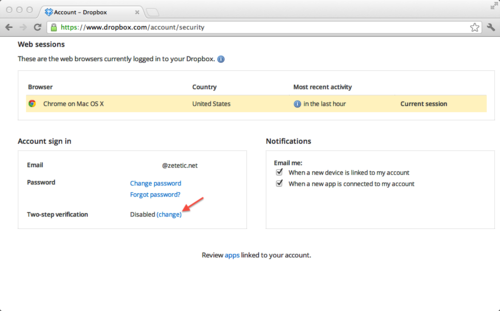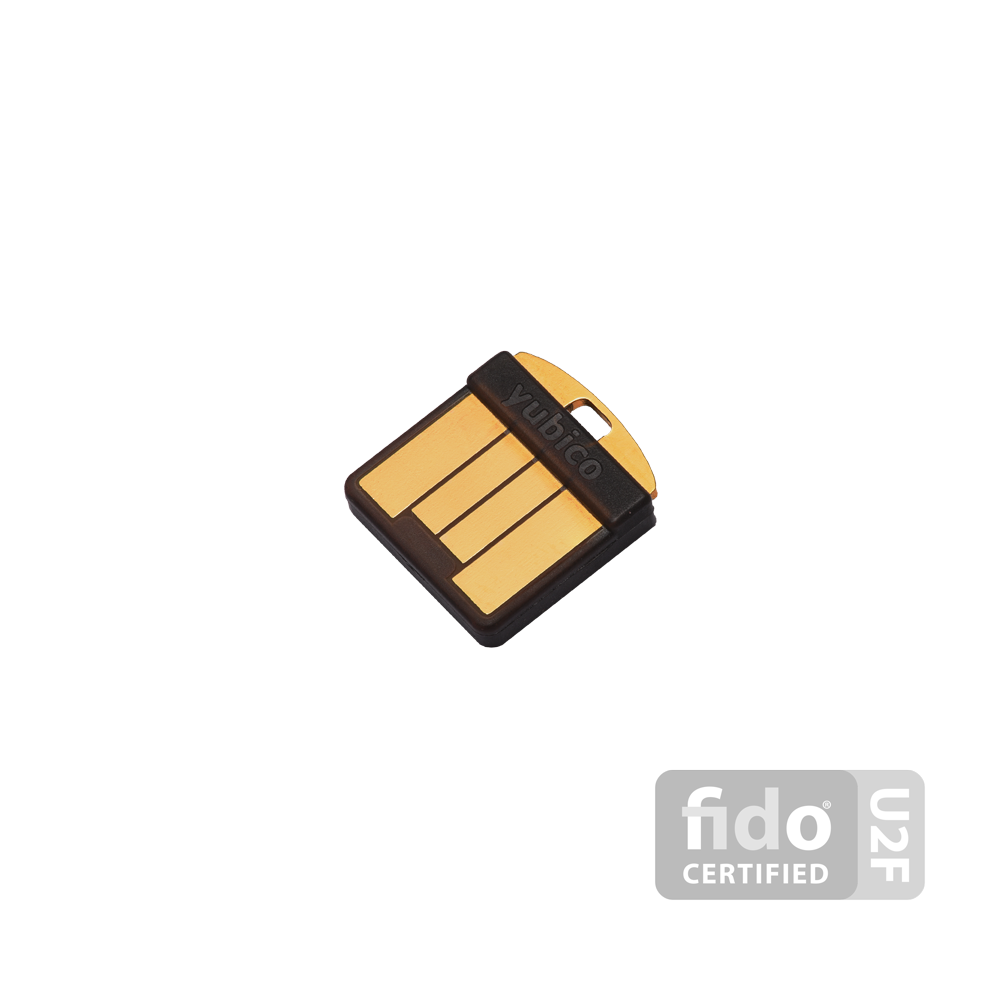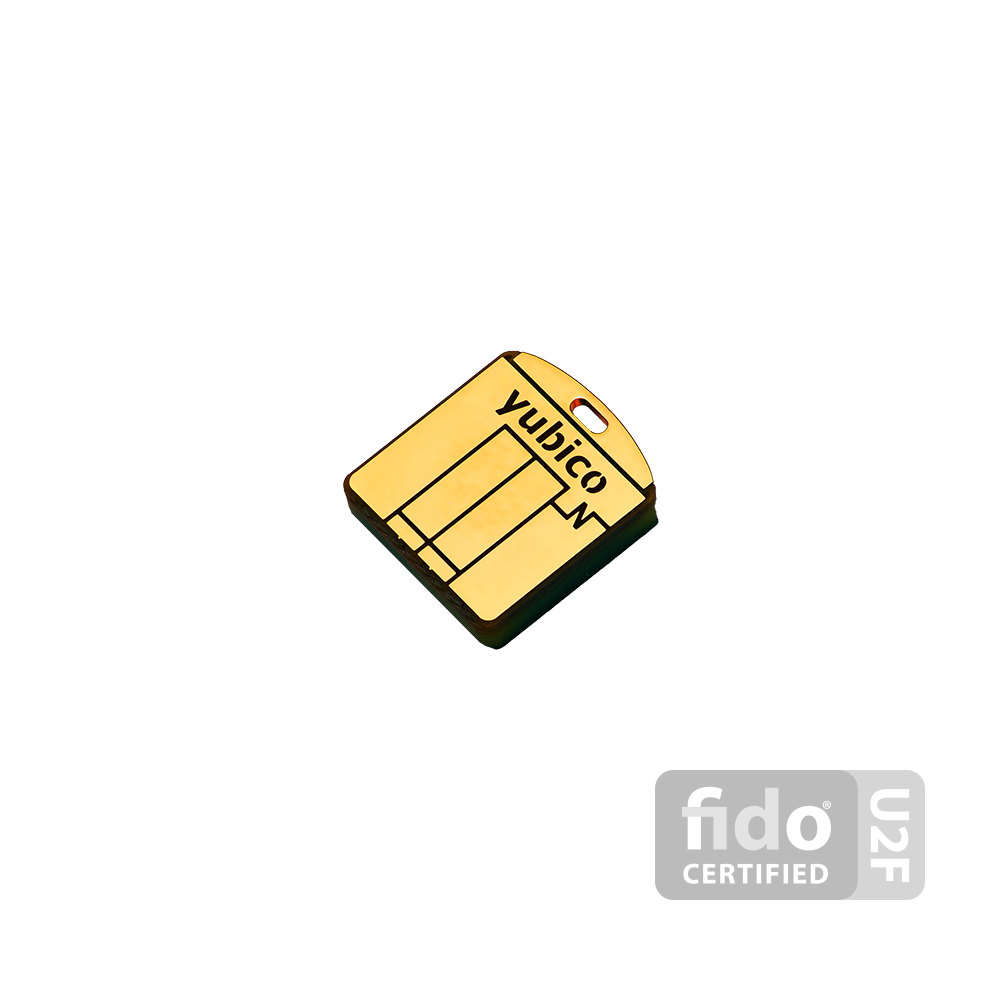

- Setup yubikey for mac os x update#
- Setup yubikey for mac os x Patch#
- Setup yubikey for mac os x pro#
- Setup yubikey for mac os x software#
The script patch-edid.rb is written in Ruby and is meant to be run in your desktop, enter these commands in your terminal: cd ~/Desktop This problem appears to be common, so we will use a script by Andrew Daugherity that does all the hard work of reading the current configuration and generates a set of patched configuration files. Generate EDID override file settings for your display
Setup yubikey for mac os x Patch#
The fix is to generate a new configuration file for the monitors in which we patch only the EDID data to specify RGB mode. This configuration file is a special XML-like format that includes the EDID data. Therefore, we must simply provide a new configuration file that overrides the default for my monitors and makes macOS force RGB mode in all. In my case, it wasn't happening correctly, but macOS allows to override any display configuration for this kind of issues, I suppose. The important operational information of a display is stored in a metadata format called Extended Display Indentification Data (EDID), which is supposedly communicated to the host when connecting, or something like that. This means that even thought the monitors are physically the same, they are not considered as such since they have a different productID, and the system accordingly applies a different configuration mode. Upon closer examination of the monitor properties inside the macOS system profiler, I noticed that all 3 monitors show up as the same exact model name made by the same vendor, but they have a different product ID depending if they are connected through HDMI or DisplayPort. However, I do know that every display is optimized to be driven in a specific color mode, just like each display has an optimal native resolution.įor some reason, macOS decided to drive some of my Dell monitors in YCbCr, which in turn forced the Dell monitor to apply some post-processing signal "correction" to convert it to RGB, and that conversion is what was causing the anti-aliasing issues. I'm not an expert in color nor display theory, so I can't tell you the advantages of each color space mode. There are two main color spaces in which a display can be driven: RGB and YCbCr. 1 monitor is connected via HDMI and the other 2 are connected with DisplayPort.Īfter poking around for a while and reading through a lot of forums and posts, I finally discovered the underlying issue that was creating the rendering problems. 3 Dell U2515H (25-inch, QHD 2560x1440) displays connected to the eGPU.The GPU has 5 ports: 2 HDMI, 2 DisplayPort and 1 DVI. ASUS ROG Radeon RX 580 8GB GPU inside a Sonnet eGFX 550 Breakaway Box.

Setup yubikey for mac os x pro#
MacBook Pro 15-inch (2016, 2.7 GHz Intel Core i7 quad-core, 16 GB RAM, discrete AMD Radeon Pro 460 4GB) on macOS High Sierra 10.13.6, running in clamshell mode (lid closed).It allows me to simultaneously have a full-screen IDE, browser windows, terminal sessions and dashboards, without a noticeable hit in performance.

So far, I've been enjoying the superb screen real estate provided by 3 2560x1440 monitors powered by a RX 580 eGPU.
Setup yubikey for mac os x software#
I knew it had to be a software or configuration problem caused by the latest macOS update. If I dragged a window into the DisplayPort monitor the issue would show up, but it'd revert when dragging the same window into the HDMI monitor. The weirdest thing is that it only happened on the displays that were connected using a DisplayPort cable, but not on HDMI. Note: I forgot to take pictures of the display issues to better describe the problems I was having, and I'd rather not revert the changes just to show you how badly it looked.

For example, green text would have an irritating orange "halo" around it, which made it look dirty and very hard to read, even at normal font sizes. The issue can be described as blurry or fuzzy text with a noticeable case of color bleed that was mostly apparent when rendering text.
Setup yubikey for mac os x update#
After the latest update to macOS 10.13.6 some, but not all, of my external monitors connected through an eGPU on High Sierra started misbehaving and having issues with subpixel anti-aliasing rendering.


 0 kommentar(er)
0 kommentar(er)
